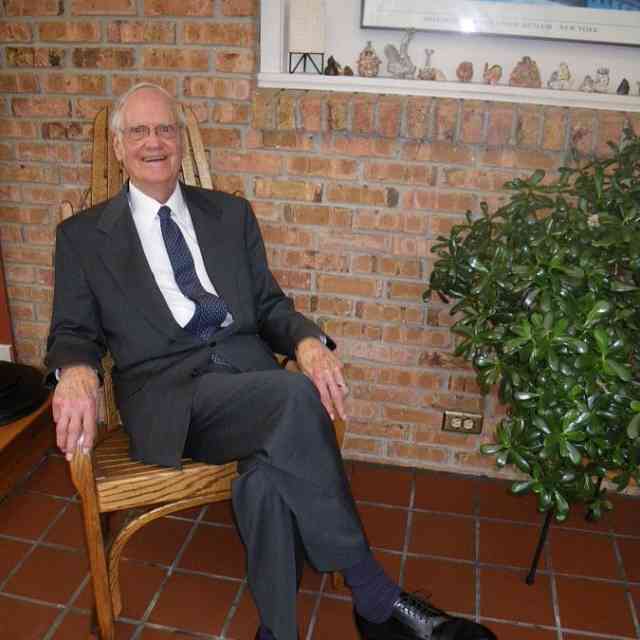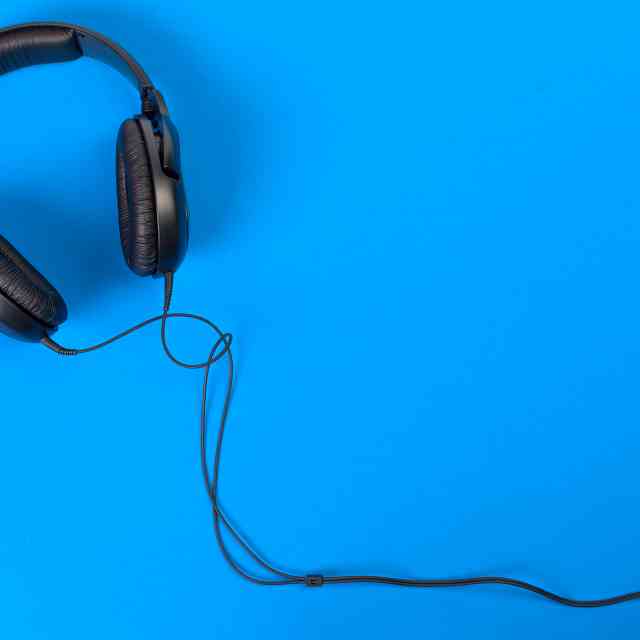Suzuki teachers haven’t let the pandemic stop them from delivering top-level music instruction. For some, COVID-19 has even improved their pedagogy. These Suzuki teachers shared reflections on their strategy after roughly a year of experimentation.

Tamara Sieviieva and her student during a virtual lesson.
Caroline Fraser
Suzuki Piano and Violin Teacher and Teacher Trainer, Lima, Peru
When we first went into lockdown my immediate reaction was “I cannot continue teaching. It is impossible.” My whole teaching approach was based on teaching through the senses; touching, demonstrating, hearing tone quality, feeling and transmitting enthusiasm mostly through eye contact, gestures, and non-verbal communication.
In the past few years, I have only been teaching by traveling to give teacher training courses, so I did not have to concern myself with how to run a virtual home studio. When summer seminars became a possibility, I decided to offer teaching strategy seminars. I was touched by participants’ overwhelming desire to be together and share ideas and concerns. Inspired by other colleagues doing Zoom teaching, I decided to teach children’s masterclasses. To my surprise, I found I could successfully transmit a great deal non verbally. In all cases, the children benefited from being asked to listen or watch, rather than being told.
In teacher training, I have found many benefits to working online. I discovered that:
-
I can have all the participants in view at their pianos, allowing us to share the repertoire phrase by phrase and section by section. The spotlight feature allows all participants to see more clearly than is sometimes possible in an in-person situation.
-
Video lessons for observation can be viewed equally well by all, unlike in an actual classroom where details of lessons can sometimes be missed because of a crowded room.
-
As I had control over the videos for observation, I could choose a variety of students’ ages, levels, personalities, and home situations and I could include music reading, the introduction of new repertoire, and group lesson activities.
-
I found it extremely beneficial to be able to space out the sessions, making them shorter and showing just one 60-minute lesson for observation each time. This gives more time for assimilating new concepts and for reflection. It also gives the participants time to practice and prepare.
-
As participants can continue their home teaching schedule, they can immediately put into practice what they have learned and give us feedback at the following session.
After my initial skepticism, I now realize that some aspects make online courses superior to in-person ones. Technology now allows us to be more inclusive by reaching more remote communities, people who could not have afforded to travel, and young parents who are unable to leave their children.
Of course, I recognize that we all miss in-person camaraderie and interaction, the ability to play together, and most especially, the tone quality of live music. In-person training possibilities and physical get-togethers are vital, and must continue when it is safe to do so!
After almost a year strictly confined to my apartment, I feel truly connected with my participants and colleagues and deeply appreciate our friendship. In this socially distanced world, technology helps us strengthen our bonds and we become closer. It makes my thoughts turn to Dr. Suzuki and his research into the power of the environment and our ability to adapt. The ultimate goal is a better world for all.
Phala Tracy
Suzuki Harp Teacher and Teacher Trainer, Minneapolis, Minnesota
Online Suzuki harp lessons—it’s a whole new world! In some ways, my teaching is surprisingly the same, but I have definitely adapted the methods I draw upon to get a point across. I now find myself relying most heavily on imagery to make an idea vivid. If virtual sound quality makes it harder to convey a phrasing idea by playing it on my instrument and a screen limits my ability to move my body and show the shape of the phrase, I turn to word painting and verbally lead a student to an image that they can bring to life in their mind’s eye. They imagine the sky getting dark and the wind sweeping through the yard and the suspenseful feeling that comes with anticipating the rain. The visceral experience of pre-storm tension and suspense is now in the room where they are with their instrument and they can capture that and bring it into their playing without me physically being there with them.
It’s been hard for me to teach without physical contact—it takes so much patience and creativity! If I can hold your arm and move your wrist and help you feel when you have fully released and surrendered any tension, I have led you to the physical understanding I want you to have. Nothing can replace that experience of guided physical motion in a lesson. Parental involvement, descriptive imagery, and trial and error are bridging the gap for now, but I so miss teaching through touch.
Suzuki teaching is about so much more than learning an instrument and the past year has brought that home to me. It’s about having a positive adult in your life who you see every week regardless of what’s going on in the world. It’s about having a group of studio mates with whom you share the experience of learning to play beautiful music. It’s less about perfection and more about trying creatively together and being gentle with ourselves in the process.
Tamara Sieviieva
Suzuki Violin Teacher, Miami Beach, Florida
As educators, the past year has challenged the way we communicate and interact with our students. But rather than letting the pandemic get to me, I challenged myself to become a better instructor because of it.
One of the largest issues I experienced was controlling virtual sound. With how advanced modern technology has become, it is still a struggle to hear the natural sound students’ instruments can make. I’ve instructed my students to adjust their audio settings to keep the sound natural, rather than let the system auto-adjust their sound. This helps me make out a more normal tone from them.
It’s also still difficult to find ways for me and my students to play together. The best solution I have found was to tell them to mute themselves so that they can play simultaneously with me and find the correct rhythm. After they have had the chance to play, we usually switch roles so that they are leading, and I can hear their progress.
With most classes being conducted virtually, education as a whole has evolved into something non-traditional. Teaching anything in a kinesthetic fashion is impossible, and we are reliant on visual aids and audio. As an instructor, I had to become more specific with their assignments and the tasks I would give students. I also had to demonstrate what I wanted them to learn more slowly and in a more detailed way since I could only do so virtually.
These discoveries were breakthrough moments for me and my teaching and made a huge difference with how accurately I can assess students’ playing. I also felt a sense of achievement at how much stronger my teaching had become due to the pandemic.
Seth Himmelhoch
Suzuki Guitar Teacher and Teacher Trainer, Teaneck, New Jersey
I’ve been thinking a lot about one particular concept as I teach these days: narrowing your focus to deepen your impact. There is not much subtlety available to Zoom instructors. Soft vocal cues, small visual hints, gestures, and other channels of communication are just not an option. I’ve found that speaking and giving verbal guidance during the student’s playing is not a good strategy, either. Lacking expensive gear on both ends, directly accompanying your student is also not possible, depriving the teacher of the usual procedure of influencing the students’ playing directly within the mutual performance.
As a result of this dearth of communication methods, it is more important than ever to use a one-point learning methodology. In a typical lesson, I might have a student that needs the most help keeping their left thumb in the proper position behind the neck. They may also be slouching on the stool, and their rhythm may be faulty. In-person, I would verbally and overtly focus on the left thumb, introducing a game or activity that works on that point. I would instruct the parent to take notes on that point and give a practice assignment that I believe would help the student come back the following week with a better thumb on their left hand. But while I worked the activity with the child, I would play along with them, maintaining mutual focus and eye contact. As we played each repetition, I would use my facial expression and body movements to indicate nonverbally that I expected good posture. And my playing of the accompaniment at an appropriate tempo would bring about the correct rhythm, also nonverbally. These two channels of communication would be unobtrusive during the ostensible work on the left thumb.
In an online lesson, I would instead spend time demonstrating the correct left-hand thumb position with as clear a camera angle as I could find. I would also get help from the home coach to verify that the student was able to do what was asked of them. My verbal instructions would be geared toward making sure both the home coach and the student had a clear understanding of the purpose of the activity and the correct way to follow up on it for the next week of practicing. The posture and rhythm issues would most likely remain unaddressed.
This example shows what a typical online lesson is like for me. You can plug in any set of competing priorities a music teacher might struggle with, and the overall dynamic would remain the same. I’ve found that this kind of clear, narrow focus leads to higher online achievement.
Sara Stephens Kotrba
Suzuki Piano Teacher and Teacher Trainer, Eagan, Minnesota
Since the lockdown began in Minnesota, my goal has been to keep things as normal as possible for my studio families and my own family. Instead of monthly group lessons, this meant Zoom events for parents and students. I held piano parties online, bringing students and parents together to see each other and share music. We also had a Zoom studio recital. My daughter and I drove to each student’s house the day before to deliver cookies, a sticker she created, and a printed program. Dropping treats on the students’ porches and seeing them peek out the door and wave set the tone for a wonderful recital the next day.
By summertime, Minnesota lowered some COVID-19 restrictions, so I was able to offer both online and in-person lessons. To follow Minnesota’s public health mandates, I implemented social distancing, mask-wearing, hand washing, regular cleaning of my piano keys, and air purification. I’m so grateful that I have a large enough studio to be able to teach this way.
Between Zoom and in-person lessons, I’m proud to share that none of my students have missed any lessons since March. Because there was so little else they could do, my families signed up for a full session of lessons even during the summer.
As the public health situation improved, we also had “ice cream social distances.” Families each brought lawn chairs and beach towels to set up little family pods in my backyard. The students played the piano through the open basement windows and I performed the “Coronavirus Etude” with the Clorox wipe between each family. Afterward, I put on gloves and distributed popsicles and other prepackaged ice-cream treats. About half of my studio attended, which kept us well below the outdoor limits.
I have continued a hybrid model through the fall and winter to accommodate each family’s decisions. Families knew that we might have to adjust if the state guidelines changed. I trusted that they would Zoom into their lessons if any of them had exposure to COVID-19 or were experiencing any symptoms, and they did. The same rules applied to me and my family. I tried my best to give families the most normal experience I could while staying within my comfort zone and the state guidelines.
Hopefully, little by little we can give children more normalcy while we keep our most vulnerable loved ones safe. I will continue to give my students every possible option until every family is ready to return. I know that some teachers might not be comfortable with my decisions. My studio has operated based on my unique circumstances and limitations—there is no one, right way to teach right now. The most important thing for me has been to be a stabilizing and uplifting presence in the lives of my students, to try my best to smile across the Zoom screen or through the mask—to keep music alive and keep my students motivated to continue practicing and moving forward. Our mantra in my studio has been: piano is something that we can do.









